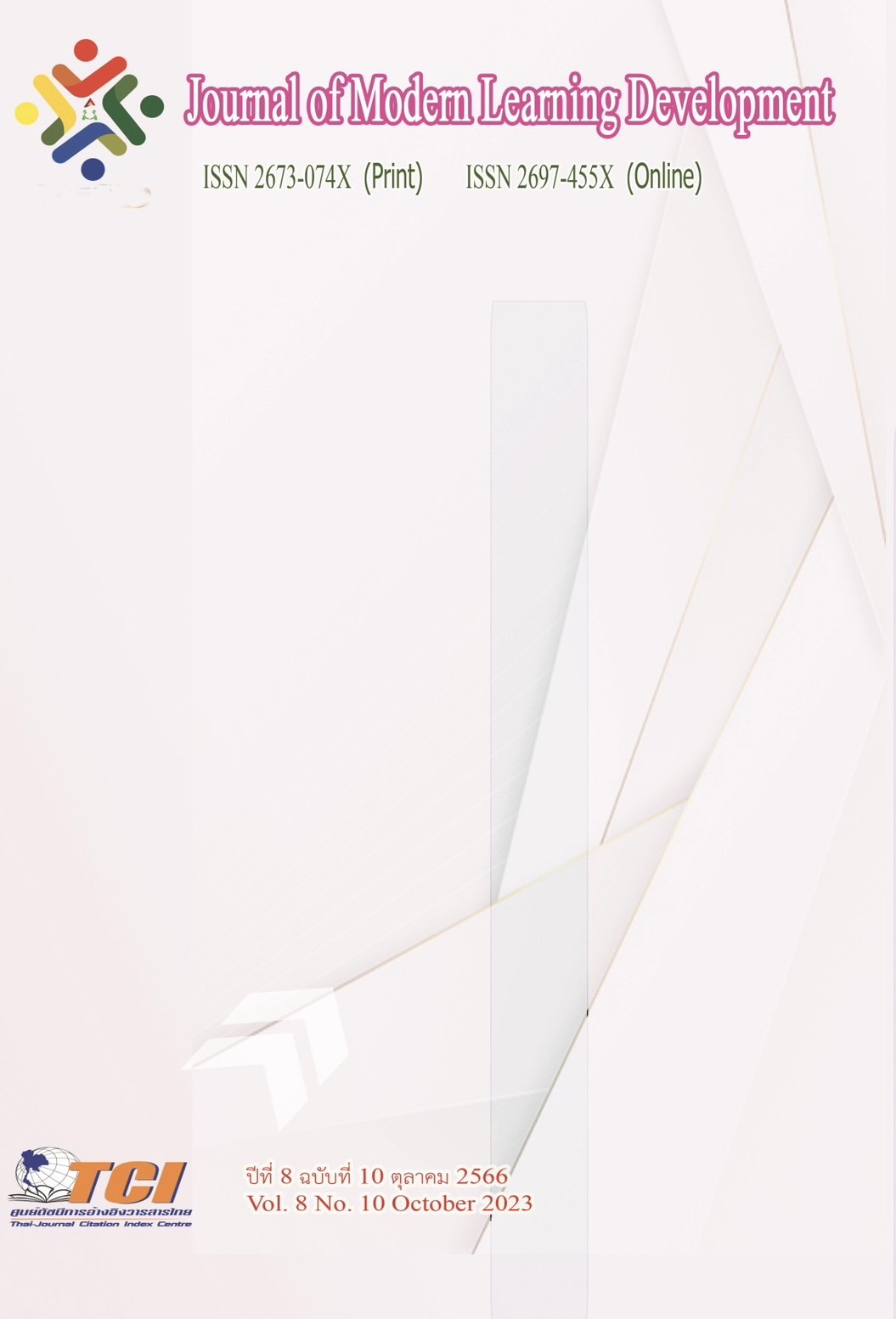Welfare : Tax Planning Tool
Main Article Content
Abstract
This article discusses the concept of welfare and its relation to tax burden. The article highlights the importance of good welfare practices, which can serve as a motivator for employees, meet their needs, and increase efficiency, savings, and convenience. The article also notes that the tax burden related to welfare can be significant and outlines different types of taxes that may apply, including personal income tax, withholding income tax, corporate income tax, and VAT.
To help reduce the tax burden, the article suggests six important strategies in welfare tax planning. These strategies include providing welfare and benefits that are not subject to tax and can be deducted as expenses, providing welfare and benefits in an amount greater than what is actually paid, correctly withholding and remitting income tax, calculating taxes in an infinite decimal form for executives and employees at all levels, and having a written agreement for tax issues. It can be concluded that the provision of welfare can help to reduce the tax burden and to save taxes on both the part of the giver (employer) and the recipient of welfare (employee), so it can be considered that the welfare arrangement is an extremely important tool in the organization's tax planning.
Article Details
References
กรมสวัสดิการและคุ้มครองแรงงาน. (2566). สวัสดิการแรงงาน. ออนไลน์. สืบค้นเมื่อ 9 กุมภาพันธ์ 2566.แหล่งที่มา : https://lb.mol.go.th
กิ่งพร ทองใบ. (2553). ระบบค่าตอบแทนสมัยใหม่จากวิชาการสู่วิชาชีพ. กรุงเทพมหานคร: เอช อาร์ เซ็นเตอร์.
เฉลียว ไชยเชษฐ์. (2558). การจัดสวัสดิการที่มีผลต่อประสิทธิภาพในการทำงานของพนักงานมหาวิทยาลัยเกษตรศาสตร์ วิทยาเขตศรีราชา. วิทยานิพนธ์หลักสูตรบริหารธุรกิจบัณฑิต สาขาการจัดการสาธารณะ. วิทยาลัยพาณิชย์ศาสตร์. บัณฑิตวิทยาลัย: มหาวิทยาลัยบูรพา.
ดุลยลักษณ์ ตราชูธรรม. (2555). กลยุทธ์การวางแผนภาษีเกี่ยวกับสวัสดิการและสิทธิประโยชน์ของผู้บริหารและพนักงาน. (พิมพ์ครั้งที่ 1). กรุงเทพมหานคร: สถาบัน T Training Center.
ธนบูรณ์ ใจตั้งมั่น. (2563). ภาระภาษีสวัสดิการลูกจ้างหรือพนักงาน. สรรพากรสาส์น. 67 (3), 69-74.
เพ็ญศรี ฉิรินัง. (2562). การจัดการทรัพยากรมนุษย์. (พิมพ์ครั้งที่ 2). นครปฐม: พีพีก็อปปี้.
เพิ่มบุญ แก้วเขียว. (2551). การบริหารภาษีทรัพยากรมนุษย์. กรุงเทพมหานคร: บริษัท ธนธัชการพิมพ์จำกัด.
ไพโรจน อุลิต. (2547). การบริหารทรัพยากรมนุษย. กรุงเทพมหานคร: สถาบันเทคโนโลยีพระจอมเกลาเจาคุณทหารลาดกระบัง.
มหาวิทยาลัยสุโขทัยธรรมาธิราช. (2561). เอกสารการสอนชุด การบัญชีภาษีอากรและการวางแผนภาษีอากร. นนทบุรี: โรงพิมพ์มหาวิทยาลัยสุโขทัยธรรมาธิราช.
โยธิน ศันสนยุทธ และจุมพล พูลภัทรชีวิน. (2529). จิตวิทยาสังคม. (พิมพ์ครั้งที่ 2). กรุงเทพมหานคร: สำนักพิมพ์ศูนย์ส่งเสริมวิชาการ.
วิจิตร ฟุ้งลัดดา. (2533).รวมกฎหมายแรงงาน. (พิมพ์ครั้งที่ 2). กรุงเทพมหานคร: โรงพิมพ์มหาวิทยาลัยธรรมศาสตร์.
สุรางค์รัตน์ วศินารมณ์. (2540). สวัสดิการในองค์กร: แนวคิดและวิธีการบริหาร. กรุงเทพมหานคร: โรงพิมพ์มหาวิทยาลัยธรรมศาสตร์.
สำนักงานคณะกรรมการข้าราชการพลเรือน. (2566). สวัสดิการและประโยชน์เกื้อกูลของราชการ. ออนไลน์. สืบค้นเมื่อ 10 กุมภาพันธ์ 2566. แหล่งที่มา : https://www.ocsc.go.th/compensation
อนิวัช แก้วจำนงค์. (2554). การจัดการทรัพยากรมนุษย์. (พิมพ์ครั้งที่ 2). สงขลา: ศูนย์หนังสือมหาวิทยาลัยทักษิณ.
Beach,Dales. (1965). Personnel: The Management of people at work. (3rd ed.). New York: Maomillan.
Dessler, Gary. (2009). A Framework for Human Resource Management. (5th ed.). New Jersey: Pearson Education.


